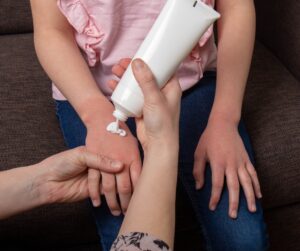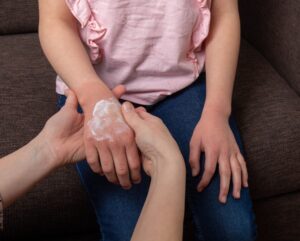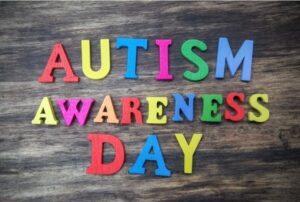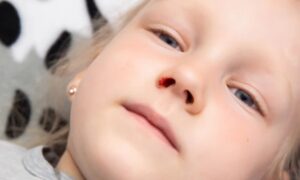Eczema, also known as atopic dermatitis, is a chronic inflammatory skin condition that often begins in childhood. Characterized by red, itchy, and dry skin, eczema affects up to 20% of children worldwide. Understanding its causes and effective management strategies is crucial for parents looking to improve their child’s quality of life. This article delves into the root causes, common triggers, and practical care solutions for eczema.
What Is Eczema?
Eczema is a non-contagious condition that stems from a combination of genetic, environmental, and immune-related factors. While its exact cause is not entirely understood, research highlights the interplay between these elements as a significant contributor to the development of the condition.
Root Causes of Eczema in Children
- Genetic Predisposition
- Children with a family history of eczema, asthma, or hay fever are more likely to develop the condition. This genetic link suggests an inherited susceptibility to allergic responses.
- Immune System Sensitivity
- An overactive immune system can overreact to harmless substances, leading to inflammation and the characteristic symptoms of eczema.
- Skin Barrier Dysfunction
- A compromised skin barrier makes it difficult for the skin to retain moisture and protect against irritants, allergens, and bacteria. This leads to dryness and irritation.
- Environmental Factors
- Exposure to environmental irritants like pollutants, harsh soaps, or allergens can trigger flare-ups. Seasonal changes, especially dry winter air, often worsen symptoms.
- Dietary Influences
- Certain foods, such as dairy, nuts, eggs, soy, or gluten, may act as triggers for some children, though they are not direct causes of eczema.
Common Triggers for Eczema Flare-Ups
- Irritants: Harsh soaps, fragrances, and chemicals found in cleaning products.
- Allergens: Dust mites, pollen, mold, and pet dander.
- Climatic Conditions: Low humidity or extreme heat can exacerbate symptoms.
- Clothing: Wool or synthetic fabrics may irritate sensitive skin.
- Stress: Emotional stress can provoke flare-ups due to hormonal changes.
How to Care for a Child with Eczema
- Hydration is Key
- Apply a fragrance-free, hypoallergenic moisturizer immediately after bathing to lock in moisture. Consider using ointments or creams rather than lotions for better hydration.
- Bathing Best Practices
- Use lukewarm water and limit baths to 10-15 minutes. Adding colloidal oatmeal or bath oils can soothe irritation.
- Avoid Triggers
- Use mild, soap-free cleansers and avoid known irritants. Opt for cotton clothing and ensure detergents are hypoallergenic.
- Healthy Diet
- Include anti-inflammatory foods rich in omega-3 fatty acids (e.g., fish, flaxseeds) and consult a healthcare provider to identify potential food triggers.
- Medication and Treatment
- Mild to moderate eczema can often be treated with over-the-counter topical corticosteroids. For severe cases, a dermatologist may recommend stronger medications or phototherapy.
- Natural Remedies
- Aloe Vera Gel: Soothes and reduces inflammation.
- Coconut Oil: Provides hydration and has antimicrobial properties.
- Chamomile Compresses: Relieves itching and redness.
When to Consult a Doctor
While many cases of eczema can be managed at home, professional intervention is necessary if:
- Symptoms worsen despite treatment.
- The child develops signs of infection (e.g., yellow crusting, oozing).
- Itching disrupts sleep or daily activities.
Conclusion
Eczema in children is a manageable condition with the right combination of care and awareness. By understanding its causes and identifying triggers, parents can significantly alleviate their child’s discomfort and prevent flare-ups. Always consult a healthcare professional for persistent or severe cases to ensure the best treatment outcomes.
References
- Mayo Clinic. (2023). Atopic Dermatitis (Eczema). Retrieved from https://www.mayoclinic.org
- National Eczema Association. (2023). Eczema in Children. Retrieved from https://nationaleczema.org
- American Academy of Dermatology. (2023). Managing Eczema in Kids. Retrieved from https://www.aad.org













